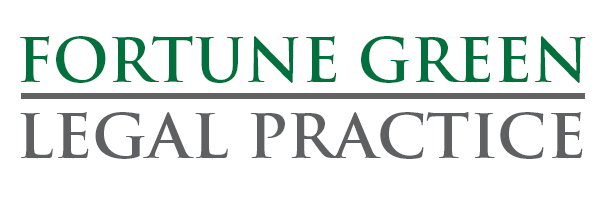The new National Planning Policy Framework (NPPF), published in December 2024, introduces several significant changes to the planning system.
However, one paragraph that has not changed in each edition of the NPPF since it was first introduced in 2012 is the section that deals with planning enforcement. Apart from some minor editing, this has remained the same.
Turning to the Planning Policy Guidance (PPG) on the other hand, we can see that there is actually a new development in the field of planning enforcement. Most recently, the Enforcement Warning Notice (EWN) was introduced by the LURA 2023 (Levelling Up and Regeneration Act 2023) and is now section 172ZA of the Town and Country Planning Act 1990.
The new notice is described in the PPG as a document that formalises the process for a Local Planning Authority when they think it is appropriate to invite a retrospective planning application. A model notice can be found in the PPG (Paragraph:013c). This starts by explaining the legislation the notice is served under, namely the Town and Country Planning Act 1990 (as amended by the LURA 2023).
In the notice, Paragraph 1 will state the name of the council serving the notice as well as the name of the recipient (s). The purpose of the notice is explained in the following terms:
“The Council consider it expedient to issue this notice, as having regard to the provisions of the Development Plan and to other material considerations, there is a reasonable prospect that, if an application for planning permission in respect of the development stated in paragraph 3 below were made, planning permission would be granted.”
Paragraph 2 describes the land to which the notice is related, and Paragraph 3 describes the matters that appear to the Local Planning Authority to be a breach of planning control.
Paragraph 4 states what the recipient of the notice is required to do in order to regularise the breach of planning control, either by submitting a planning application for the development or by proposing that the development will be removed or that an activity will cease.
Paragraph 5 sets out the time limit for compliance with the notice, which is then dated and signed by an authorised officer. There is then a warning that failure to comply within this period may result in further action.
There is no right of appeal against the notice.
Local Planning Authorities are told that when they issue an EWN, they should include a notification in their public register of Enforcement and Stop notices.
To sum up, it is not entirely clear how the new EWN will assist Local Planning Authorities in their efforts to eliminate breaches of planning control. Nevertheless, it is one more tool that they can use, along with informal correspondence with landowners, to encourage the rectification of a breach of planning control. It can be used to point out where it is possible to resolve the issue by making an application for planning permission.
So, in the best circumstances, it may focus on how planning control breaches can be rectified before more serious and punitive measures are taken.
As town and country planning solicitors, Fortune Green Legal Practice advises clients on all aspects of town and country planning law. See below to get in touch for more information.


